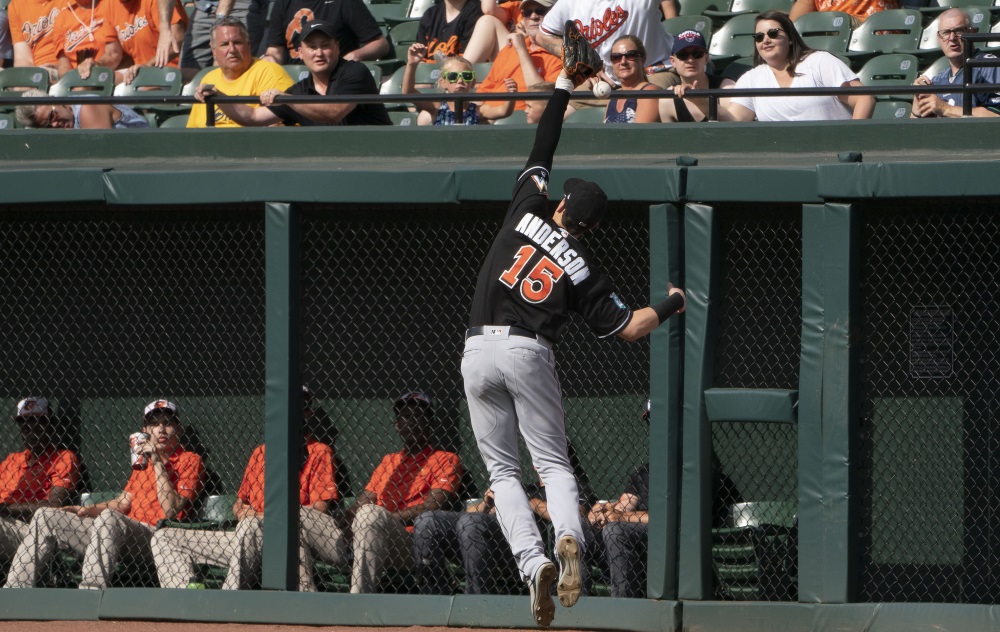The Fringe Five: Baseball’s Most Compelling Fringe Prospects
Fringe Five Scoreboards: 2017 | 2016 | 2015 | 2014 | 2013.
The Fringe Five is a weekly regular-season exercise, introduced a few years ago by the present author, wherein that same author utilizes regressed stats, scouting reports, and also his own fallible intuition to identify and/or continue monitoring the most compelling fringe prospects in all of baseball.
Central to the exercise, of course, is a definition of the word fringe, a term which possesses different connotations for different sorts of readers. For the purposes of the column this year, a fringe prospect (and therefore one eligible for inclusion among the Five) is any rookie-eligible player at High-A or above who (a) was omitted from the preseason prospect lists produced by Baseball Prospectus, MLB.com, John Sickels, and (most importantly) FanGraphs’ Eric Longenhagen and Kiley McDaniel* and also who (b) is currently absent from a major-league roster. Players appearing within Longenhagen and McDaniel’s most recent update — and the updates published by Jeffrey Paternostro of Baseball Prospectus and John Sickels at Minor League Ball — have also been excluded from consideration.
*Note: I’ve excluded Baseball America’s list this year not due to any complaints with their coverage, but simply because said list is now behind a paywall.
For those interested in learning how Fringe Five players have fared at the major-league level, this somewhat recent post offers that kind of information. The short answer: better than a reasonable person would have have expected. In the final analysis, though, the basic idea here is to recognize those prospects who are perhaps receiving less notoriety than their talents or performance might otherwise warrant.
Brock Burke, LHP, Tampa Bay (Profile)
A third-round selection out of a Colorado high school in 2014, Burke has had the capacity to hit 95 mph for much of his professional career but has struggled to consistently hold his velocity from start to start. “I’d be down to 87-90 at times,” he told FanGraphs’ David Laurila in a post from June. “Now I’m more consistent with ranges, and my velo isn’t dropping at the end of games.”
Burke attributes at least part of his development to a Driveline Baseball program in which he participated with other Rays pitchers. “It was definitely beneficial,” said Burke. “It got me in better body shape, which has helped my accuracy and my velo.”
Whatever the cause, Burke has been excellent of late. Following an early-July promotion to Double-A Montgomery, Burke has recorded strikeout and walk rates of 33.6% and 6.2%, respectively, in 36.2 innings. The differential of 27.4 points between those two figures would represent the highest such mark among qualified Double-A pitchers. Burke was characteristically strong in his most recent start, recording an 8:2 strikeout-to-walk ratio against 28 batters over 7.0 innings (box).
Burke seemed to have the most success with his fastball in that start earlier this week. Here, though, is footage of the one his better curveballs:

